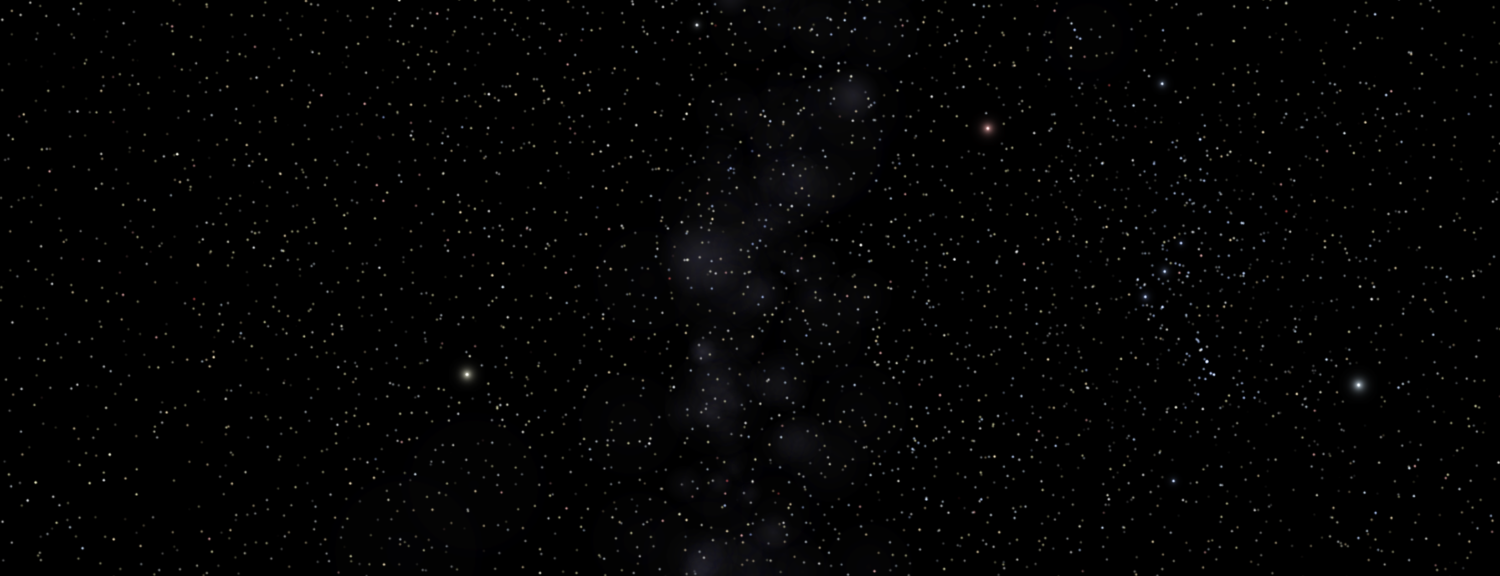I’ve now watched the first three episodes of Isaac Asimov’s Foundation on Apple TV. I’m starting from a place of having read the original trilogy multiple times over the years but not in the last ten years…
Last week we took a mini vacation. We rented a cabin on a private in the Catskills near Lake George, did some kayaking, sightseeing, and just relaxing. It was good for story ideas in more ways than one.
Following up on my webcomic list last month, here’s another few that I find worth reading.
What is a clockmaker doing in a spaceport? This particular clockmaker is unassuming but innovative, crafting ornate atomic timepieces of exquisite quality. He has become aware of a conspiracy to steal an ancient prototype of a small nuclear reactor of immense power. He is part of a daring plan to prevent the theft of this artifact but the result will disrupt the flow of time on the station and make it impossible for him to ever make reliable clocks here again.
There’s a wealth of independently-produced comics on the web. I’m speaking not of ‘funny pages’ comics, but of illustrated stories with a strong narrative. Many of these are the equal of the commercially-produced ones, although it takes some sifting to find the gems among a large pile of good efforts. Then there’s the ones that start out so promisingly, and then suddenly go silent as the author discovers there’s not enough hours in the day to follow through on everything. Here are a few of my favorite ones that are either consistently updating or are completed.
I got to thinking about taboos in Science Fiction recently. Not the sort that SF has so famously challenged, starting with Stranger in a Strange Land and Dangerous Visions back in the Sixties. That’s become so mainstream that I can hardly think of a taboo that Game of Thrones didn’t break. I’m thinking of the new taboos that authors invent to add depth to their worlds.
The news this week that Tim Berners-Lee sold an NFT of the source code to the first web server sent me searching through my archives. Yep, I have a copy of the source code only slightly later than the version that was just sold (unsigned, of course). You see, when I worked at the Stanford Linear Accelerator Center, a colleague came back from a visit to CERN with a copy of Tim’s web server on a tape. Soon it was running on the VM mainframe at SLAC that my team managed, the first web server outside of Europe. One of the first things it served was a connection to the Physics Preprints database, which has evolved into today’s well-known ArXive database of scientific articles (housed at Cornell where I work today).
We get to talking about fireflies. My wife remembers the ones in Japan, which come out in the thousands for just a week in mid-June. They’re larger than New York fireflies, and they hover in the creekbeds, gradually rising higher as the night gets darker. In contrast, ours hang out in the trees and grasses, and are active for four to five weeks from mid-June to mid-July, far longer than the short-lived Japanese hotaru (ホタル).
About a week ago, I packed up everything from my office at Cornell University and brought it home. No, I didn’t retire or quit or anything like that. After fifteen months of pandemic, working at home has became the new normal. Leadership decided that our department along with several others will pioneer a new hybrid workplace. Most of the IT staff will work at home and our building will be remodeled as meeting rooms, teamwork spaces, and Zoom rooms. It will be more like a conference center than a traditional office building.
I’ve recently read three hard science fiction tales set in near-present time, centered around an existential threat to Earth, and featured a desperate space flight to seek a salvation. Those three were The Hail Mary Project by Andy Weir, We Are Legion by Dennis Taylor, and The Calculating Stars by Mary Robinette Kowal.









